In homogeneous catalytic reactions, the rate of reaction:
Depends upon the concentration of catalyst
Independent of the concentration of catalyst
Depends upon the free energy change
Depends upon physical state of the catalyst
Catalyst forms an intermediate with reactant and thus, rate of reaction for intermediate formation depends upon concentration of catalyst.
Similar Questions
Substances which alter the velocity of a reaction by mere presence, without undergoing any change in mass and compossition are termed catalyst and the phenomenon is known as catalysis
In homogenous catalytic reactions, there are three alternative paths A, B, and C (shown in figure). Which one of the following indicates the relative ease with which the reaction can take place?
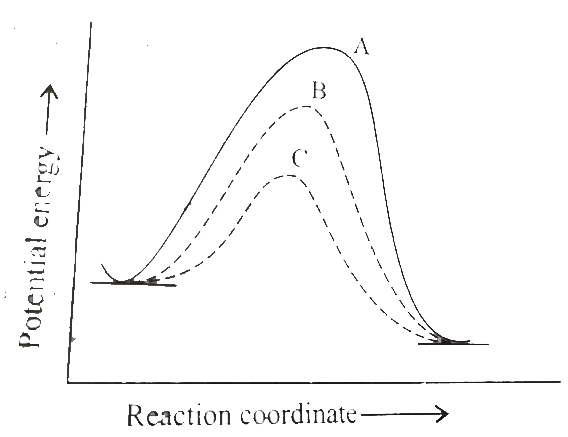
View SolutionIf a homogeneous catalytic reaction follows three alternative paths A, B and C, then which of the following indicates the relative ease with which the reaction moves?
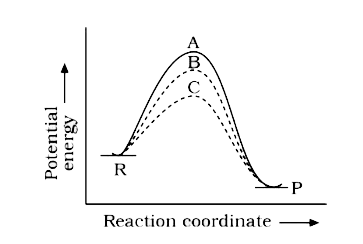
View Solution
Knowledge Check
Substances which alter the velocity of a reaction by mere presence, without undergoing any change in mass and compossition are termed catalyst and the phenomenon is known as catalysis
In homogenous catalytic reactions, there are three alternative paths A, B, and C (shown in figure). Which one of the following indicates the relative ease with which the reaction can take place?
 AA.B.CBC.B.ACB.C.ADA=B=C
AA.B.CBC.B.ACB.C.ADA=B=CIn the case of gaseous homogeneous reaction, the active mass of the reaction is obtained by the expression.
AnvRTBPRTCRTPDPVRTIf a homogeneous catalytic reaction can take place through three alternative paths as depicted below, the catalytic efficiency of P,Q R representing the relative case would be
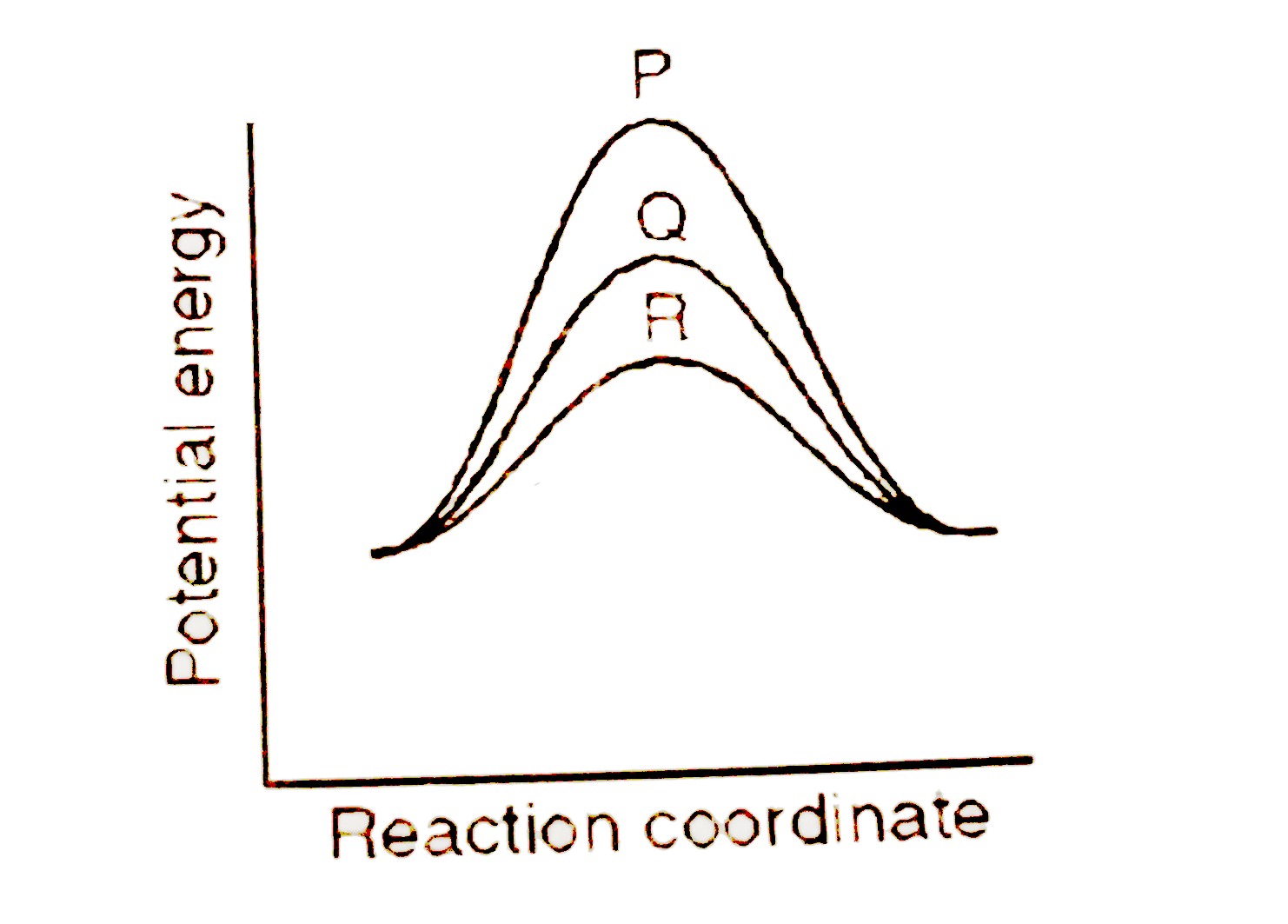 AP>Q>RBQ>P>RCP>R>QDR>Q>P
AP>Q>RBQ>P>RCP>R>QDR>Q>P
If a homogeneous catalytic reaction follows three alternative paths A, B and C, then which of the following indicates the relative ease with which the reaction moves?

View SolutionIf a homogeneous catalytic reaction follows three alternative paths A, B and C, then which of the following indicates the relative ease with which the reaction moves?

View SolutionAs the reaction proceeds, the rate of reaction:
View SolutionIf a homogeneous catalytic reaction can take place through three alternative paths as depicted below, the catalytic efficiency of P, Q, R representing the relative case would be
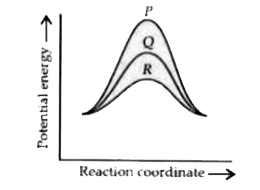
View SolutionIf a homogeneous catalytic reaction can take place through three alternative paths as depicted below, the catalytic efficiency of P, Q, R representing the relative case would be
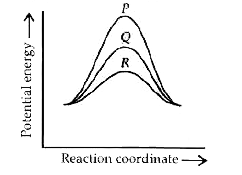
View Solution
